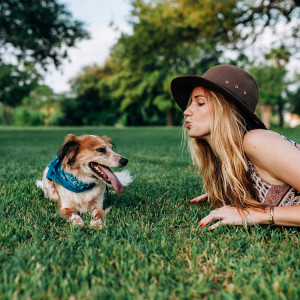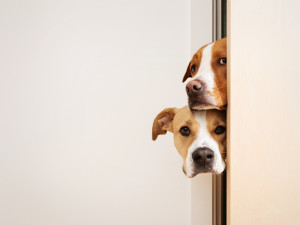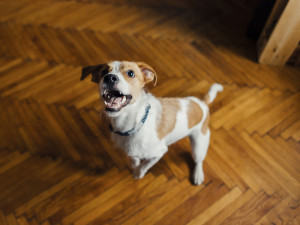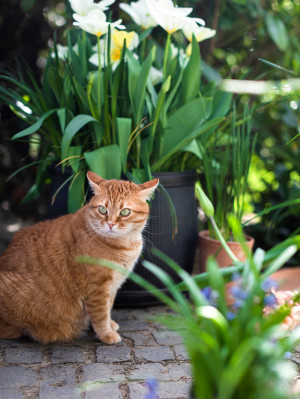‘Piloerection’ Is Not a Dirty Word
Weirdly, this is what it’s called when your dog raises their hackles. And here’s why they do it...
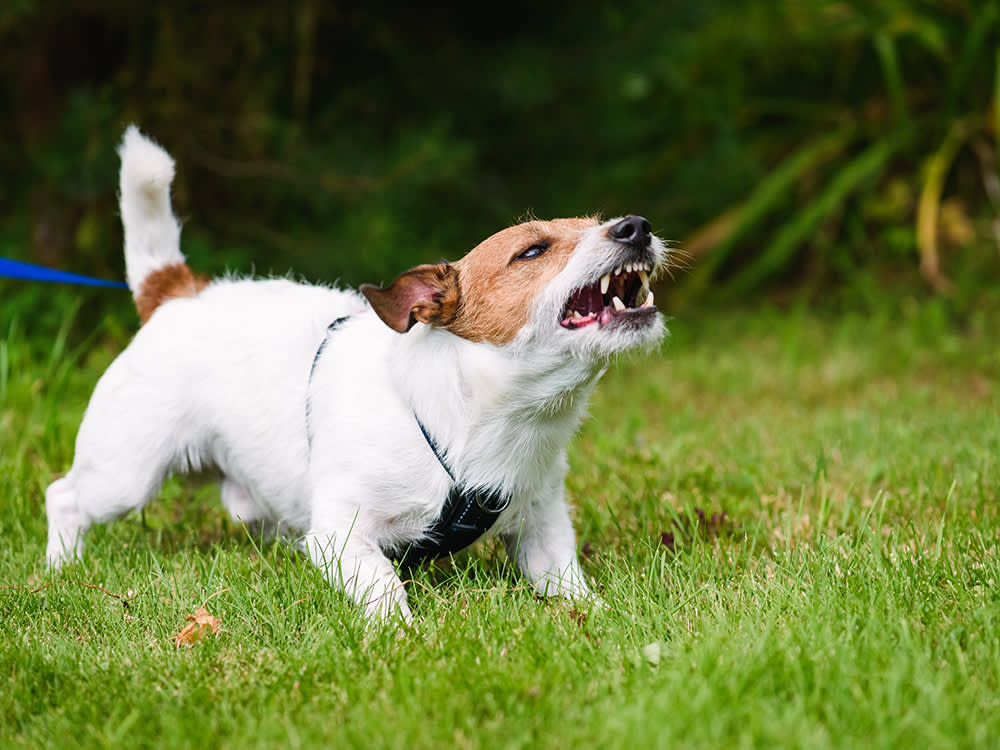
Share Article
A great question I get from clients regularly is: “His hackles went up. What does that mean?” When the hair on a dog’s back goes up (technically called piloerection), it’s usually a sign that the dog is aroused, fearful, startled, stimulated or excited in some way.
What is a piloerection?
Piloerection in dogs is an involuntary reaction, just like the goose bumps we get, so it’s important to understand that dogs can’t control it. While aggressive dogs do exhibit piloerection sometimes, it’s not always a sign of aggression. It’s important to observe a dog’s other body language, including posture and ear position, in addition to the surrounding environmental context, to determine what is causing their hackles to raise.
What causes a piloerection?
Data is limited on the piloerection phenomenon, but as an ethologist trained to observe animals and their behaviour, I have noticed some things about it. Based on my experience with many dogs over the years, it seems that different patterns of piloerection are associated with different dog behaviours, probably because they are associated with different internal emotional states. It’s important to observe the dog’s body language and the situation around them, as well.
What does a piloerection signal?
One example I have seen in the past is some dogs exhibit a thin line (at most a few inches wide) of hair all along their back to the base of the tail. I associate this pattern of piloerection with a high level of confidence, and in my experience, these dogs are more likely to go on offense and behave in an aggressive way than other dogs.
Another common pattern of raised hackles in dogs is a broad patch of fur (up to eight or so inches wide) across the shoulders, which does not run more than one-quarter or one-third of the way down the back. I associate this pattern of piloerection with low confidence, and I often find that these dogs are somewhat fearful.
The most confusing pattern is when a patch of hair is raised at the shoulders and another is raised at the base of the tail but the hair in between the two is not raised. This pattern of piloerection often occurs in dogs who are in an ambivalent emotional state and feeling conflicted. Many of the dogs who show this pattern are somewhat unpredictable in their behaviour and are inclined to be more reactive than other dogs. Of course, there are many exceptions, but these generalisations apply to the majority of dogs that I see.

Karen B. London, PhD, CAAB, CPDT-KA
Karen B. London, Ph.D., is a Certified Applied Animal Behaviorist and Certified Professional Dog Trainer who specializes in working with dogs with serious behavioral issues, including aggression, and has also trained other animals including cats, birds, snakes, and insects.
Related articles
![White and brown puppy destroyed a stuffed toy]()
5 Ways to Stop Your Puppy From Ripping Up Their Toys
How to teach your dog to enjoy, not destroy, their toys
![Dog barking]()
How to Stop Your Dog From Barking
The top five reasons dogs bark – and how to help them to relax
![Ginger adult cat sits in flowering summer garden on pavement.]()
What to Do if Your Cat Gets Stung By a Bee
It’s not always as simple as scraping out the stinger. Find out everything you need to know

